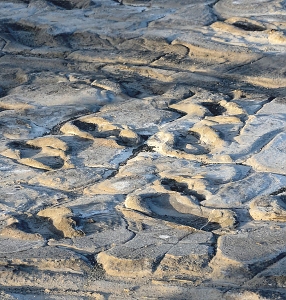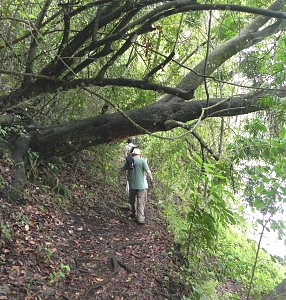Engaruka Ruins
Engaruka Ruins
The Engaruka or Engaruka Ruins, as popularly known among historical societies, is an iconic historical site that depicts a prominent iron-age farming community that is believed to have been established in the 15th century. A German scientist, Gustav Fisher, made the first official discovery of this site in 1883, and compared the Engaruka remnants to the crumbled walls of ancient castles.
The researchers have been able to confirm that Engaruka once hosted seven villages with thousands of residents, who invented a sophisticated irrigation and farming system that included canals lined with stone blocks that channeled water from the rift escarpment to several stone-lined cultivation terraces.
About 20 square kilometers of farmland were supported by this irrigation system, and the area’s fertility was systematically enhanced using stall-fed cattle manure, which was also utilized to minimize soil degradation.
Midway through the 18th century, Engaruka was abandoned for unknown reasons. Many questions remain unanswered regarding the area, such as the identity of the founders, how they developed their farming system, and why they left.
The residents were most likely progenitors of today’s Iraqw people, who practically use similarly intricate irrigation techniques. It is thought, however, that the area was abandoned owing to reduced river flow or territorial disputes with other ethnic groups.
Destinations near Engaruka Ruins
These nearby destinations have a lot to offer
















